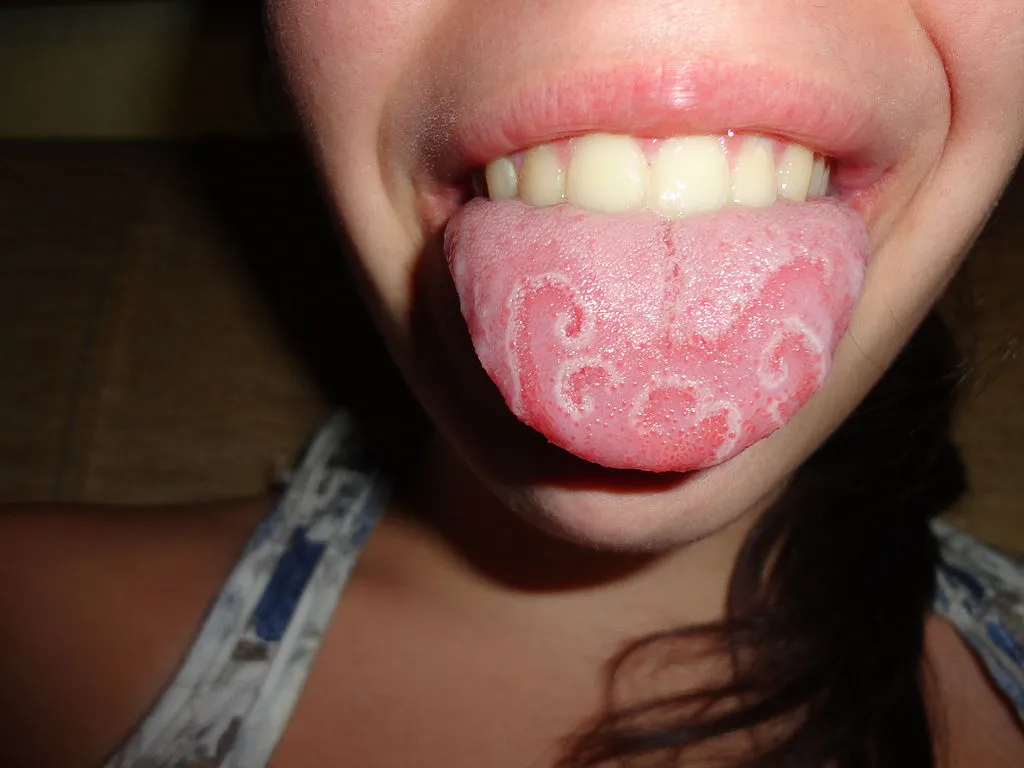Some People Have Patterns on Their Tongues That Look Like Maps
The condition is harmless and fairly common
/https://tf-cmsv2-smithsonianmag-media.s3.amazonaws.com/filer/e6/26/e6267a54-103a-4f87-8c10-7fdee309082f/42-28539950.jpg)
What is a geographic tongue?
If you’re one of the two to three percent of the adult population with the condition, perhaps you have heard of this term. But if you haven’t, grab a mirror and take a look at your tongue.
If you see irregularly shaped patches that look a bit like a coastline or island archipelago, you probably have a geographic tongue. All tongues have tiny finger-like projections or filaments called papillae on the surface. "They look a bit like a film over the tongue," writes Esther Ingils-Arkell for io9. But people with geographic tongue, or benign migratory glossitis, have darker red patches bare of that papillae.
Here’s a rather atypical version of the condition (and follow the link for a more typical version):

Inglis-Arkell writes:
The tongue above has exotic-looking curlicues, but most people with geographic tongue just have patches that look like pink islands in a white sea. They make the tongue look like a map, which is how the condition gets its name. The patches fill with papillae over time, but other spots lose their papillae, so the islands usually migrate over to other parts of the tongue. The lingual geography shifts.
Geographic tongue is a form of glossitis — tongue inflammation — and it appears to be genetic. While it doesn’t indicate anything else to be concerned about, people with the condition may feel pain or burning when they eat hot, acidic or spicy foods. The biggest problem, Ingil-Arkell notes, might be convincing people that it is a harmless condition. One of the commenters at io9 writes, "I have that. It's a family trait. My nephew and Grandmother has it too." The nephew’s teacher apparently needed some convincing: "She practically demanded that I take him to the doctor, have him examined and bring back the results."